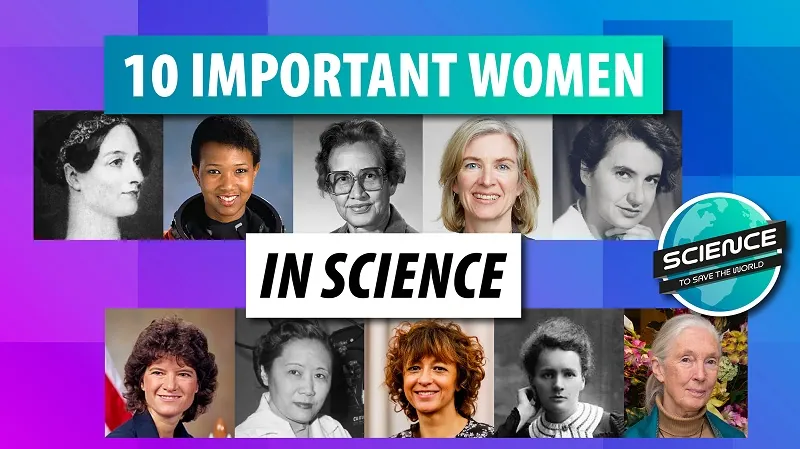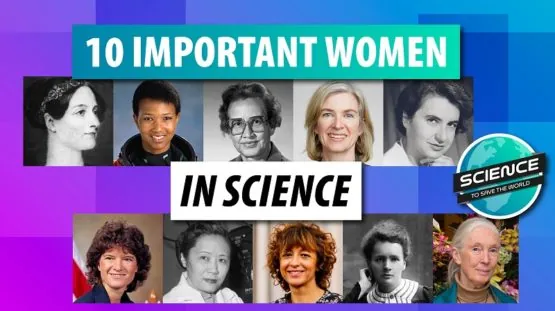Ada Lovelace was a self-taught Victorian English mathematician who is often regarded as the “world’s first computer programmer”. Some even say she was the prime force behind the first computer, usually attributed to Charles Babbage.
Marie Curie was a physicist and chemist best known for discovering radium and polonium and for making significant advances in the study of radioactivity. In 1903, Marie Curie was the first woman to win a Nobel Prize, and she is the only person to have won the prize in both physics and chemistry.
Chien-Shiung Wu, a Chinese immigrant to the United States, is best known for carrying out the Wu experiment, which showed that similar particles do not always act the same way. Chien-Shiung Wu received the inaugural Wolf Prize in Physics in 1978 and was dubbed the “First Lady of Physics.”
Katherine Johnson was an American mathematician who, as a NASA employee, calculated orbital mechanics that enabled the first Americans to leave Earth’s orbit and land on the moon. In 2015, President Barack Obama presented Johnson with the Presidential Medal of Freedom, and the 2016 film “Hidden Figures” depicts Johnson’s life and achievements at NASA.
Rosalind Franklin, an English chemist and X-ray crystallographer, discovered the double helix structure of DNA, which is recognized as a landmark discovery. Although Franklin had a significant impact on science, her efforts and contributions to the profession are often overlooked, particularly regarding the discovery of the structure of DNA.
Jane Goodall is a renowned primatologist whose work with wild chimpanzees revolutionized our understanding of these apes and their interactions with people. She made many groundbreaking findings while working with the animals, including the fact that chimps make and use tools, a skill previously thought to be exclusive to humans.
Astronaut Sally Ride became the first American woman and the third woman in space in 1983. After flying two missions on the Space Shuttle Challenger, Ride left NASA in 1987 and later founded NASA’s EarthKam Project, which provided middle school students the opportunity to request pictures of the Earth and Moon to study them.
Mae Jemison is a physician, Peace Corps volunteer, teacher, founder and president of two technology companies – and a former astronaut. When the space shuttle Endeavour launched in 1992, she became the first Black woman to travel to space. She currently leads the 100 Year Starship Project, which is dedicated to ensuring that human travel to another star is possible within the next 100 years.
Emmanuelle Charpentier and Jennifer Doudna shared the 2020 Nobel Prize in Chemistry for pioneering CRISPR-Cas9, a precise genome-editing tool. Its vast applications include eradicating pathogens, creating better plants and modifying human DNA in order to cure disease.
These are only some of the amazing women who have used science to change the world. Women’s contributions to science and other fields throughout history must not be overlooked. And as we continue to achieve true gender equality in science, technology, engineering, and math (STEM), women are doing more than ever! Follow the links below to see how you can help.
https://edventures.com/blogs/stempower/10-resources-to-help-you-empower-girls-in-stem https://www.collegeraptor.com/find-colleges/articles/college-majors-minors/7-organizations-working-to-promote-women-in-stem/




